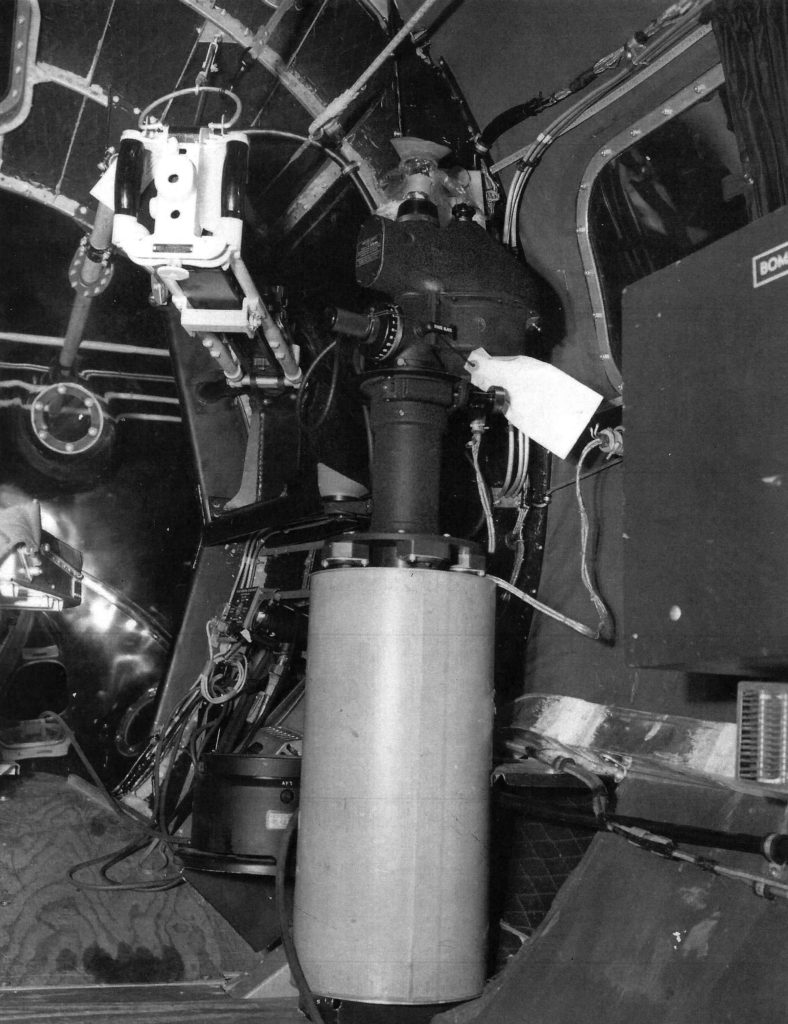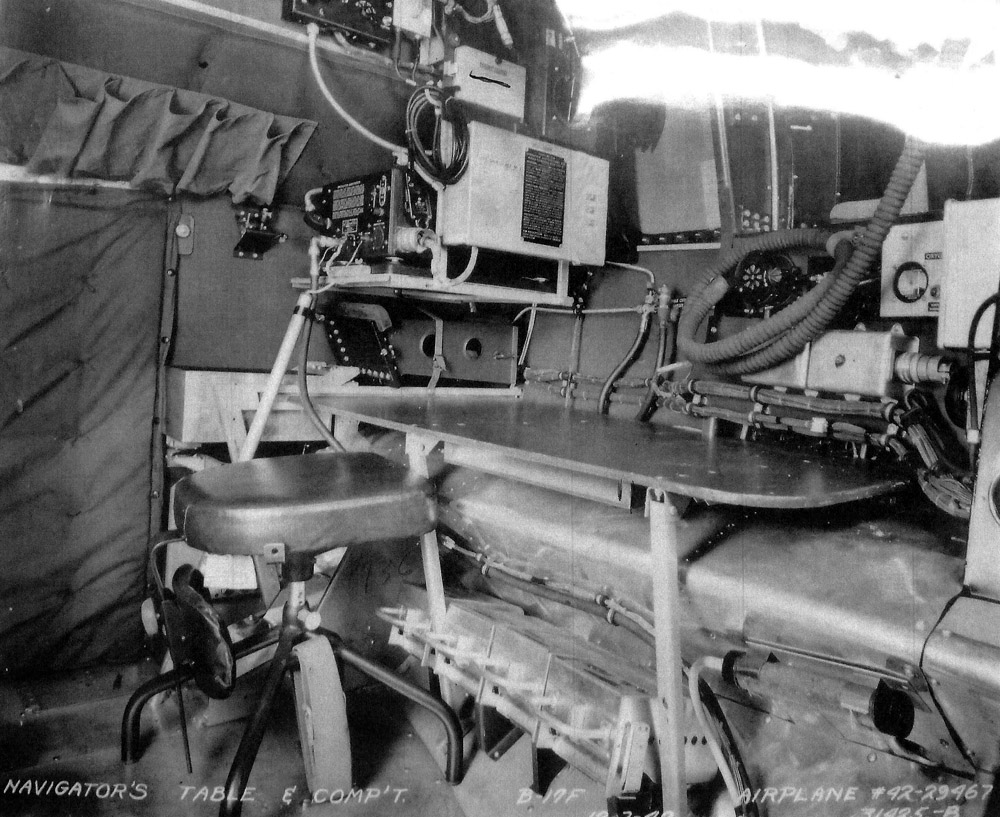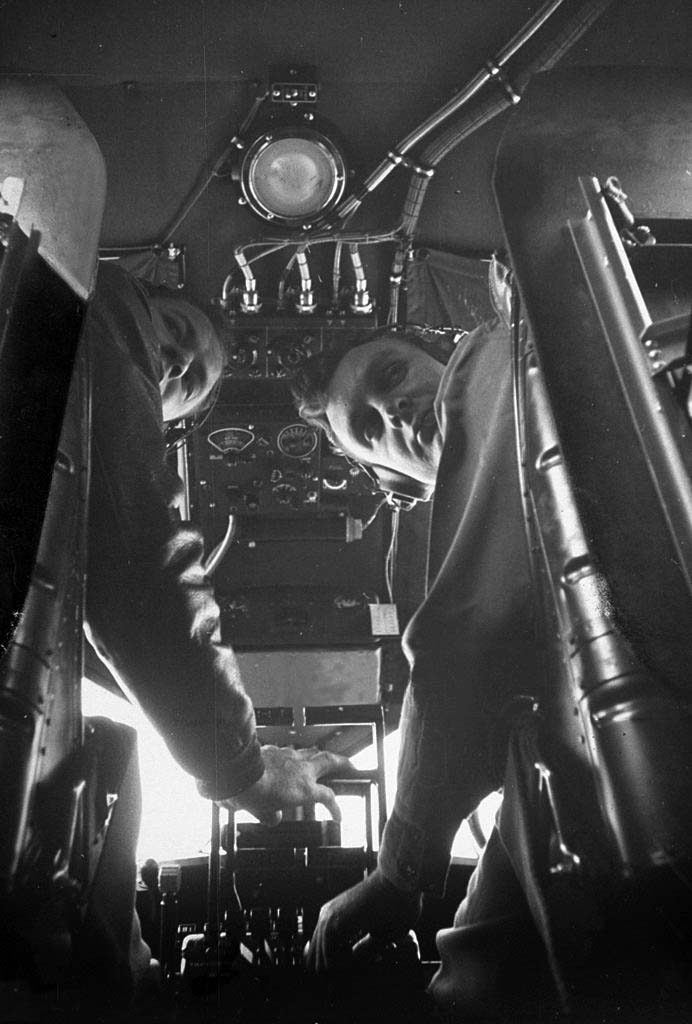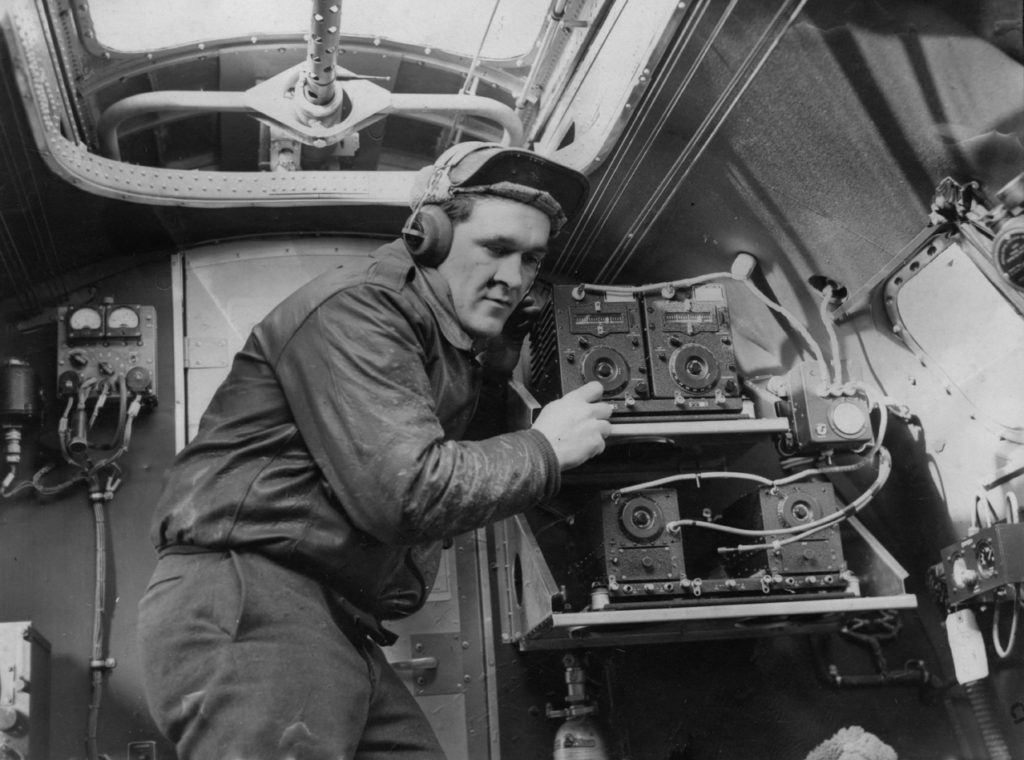
Soundproofing Distribution Drawing.
This transcript was made by G. A. Blume using a PDF from the National Museum of the US Air Force. Considering the various interested parties, as well as the difficulty in reading the PDF, it was felt best to transcribe and put online. Reference photos have been added to aid in visualizing the report’s descriptions. Likewise, editorial notes have been added when necessary.
Boeing Aircraft Company
Model B-17E
Report No. D-2887
SOUNDPROOFING DISTRIBUTION
SPECIFICATIONS
PURPOSE:
The purpose of this distribution is to take advantage of new materials lighter in weight than those used in the Model B-17B, and simplification of soundproofing material installation.
MATERIAL:
Lettering of the following paragraphs corresponds with that used on the soundproofing distribution drawing.
A. 1 1/4 inch batts made up of a 1/8 inch carded batt (1) and a 1 1/8 inch batt of kapok combination (2), separated by a layer of light cotton cloth (3). The two components of this complete batt are sewed together, between two layers of light cotton cloth (3), using diamond stitches in rows 1 to 1 1/2 inches apart. The outer rows of stitching should not be more than 1 inch from the edges of the batt. Weight limits for the completed batt, including flameproofing treatment (4), .185 – .195 lbs. / sq. ft.
B. 5/8 inch carded batt. Weight limits, including flame-proofing treatment, .18 – .21 lbs. / sq. ft.
(1) “Carded batt” is a carded mixture of approximately 1/3 kapok, 1/3 cotton, and 1/3 animal hair. As used alone (B, C, D) it is stitched between two layers of light cotton cloth (see 3, below), using lockstitches 3/8 inch long in rows 5/8 inch apart.
(2) “Kapok combination” is a carded mixture of either
a. (preferral) Approximately 49% Javanese kapok, 55% new kapok from sources other than Java;
b. (Substitute) Approximately 40% new kapok, 55% reprocessed kapok.
(3) “Cheesecloth” with an 18 x 18 thread count, weight approximately .005 lb. / sq. ft.
(4) Flame-proofing shall satisfy the conditions specified in D-2039.
-Page 3-
C. 1/4 inch carded batt. Weight limits, including flame-proofing treatment, .082 – .095 lbs. / sq. ft.
D. 1/8 inch carded batt. Weight limits, including flame-proofing treatment, .046 – .053 lbs. / sq. ft.
E. Interior lining fabric. A flame-proofed unfigured cotton fabric. Thread count 54 x 54. Tensile strength approximately 90-100 lbs. per inch after processing. (Grab method, ASTM, D39-39). Weight after processing, .028 – .033 lbs. / sq. ft. 100% yarn dyed to match Berry Brothers bronze green No. 23409, DuPont dark green No. 220-34207, or equivalent.
Materials A – E may be purchased through Hlavaty Insulations, Cicero, Illinois. An alternative fabric for item E, having a different thread count and lower tensile strength, may be purchased from Burlington Mills, Burlington, North Carolina. This fabric is used on the airplane Model B-17F as of 11-16-42.
F. BC Sound Deadener. A material having a base of asbestos fibers in a petroleum product suspension. Should thinning be necessary, naphtha can be used, quantity not to exceed 10%. Stir thoroughly before spraying on metal surfaces. Care should be taken that the thickness does not exceed 1/32 inch. Maximum weight to be .12 lbs. / sq. ft. after spraying.
BC Sound Deadener may be purchased from the Billings-Chapin Company, East 40th Street and New York Central Railroad, Cleveland, Ohio.
G. Leather. 2 oz. vealskin finish #93938-B (dark green). Maximum weight, .108 lbs. / sq. ft.
Leather may be purchased from the [Unintelligible] Leather Company.
H. EC 70 cement, applied per BAC 5010. This relatively slow drying cement is used to cement the batts to the skin.
EC 70 cement may be purchased from the Minnesota Mining and Manufacturing Company, St. Paul, Minnesota.
-Page 4-

Station 1 is the very front of the airplane. Station 2 is immediately to the right of the drift meter, centered in the photo above (looking forward).
STA. 1 to 2.
Sidewalls and ceiling have a layer of 1 1/4 inch batts cemented to the skin between circumferentials. The 1/8 inch carded batt side of the composite batt is cemented to the skin with EC 70 cement. Across the circumferentials is a layer of 1/8 inch carded batt, covered by the interior lining fabric.
[Reference photos show that the 1/8 layer across the circumferentials was usually removed between Sta. 1 and 2 to allow for the addition of nose gun mounts.]

Looking back from Station 2 back to the left side of Bulkhead 3. Behind the navigator’s chair is a cover snapped over the entrance to the nose
STA. 2 to 3.
Between stations 2E and 3 the skin has, from the cockpit windows on down, a layer of BC Sound Deadener sprayed 1/32 inch thick. Between stations 2D and 3 above stiffener “L” no soundproofing is to be cemented to the skin. This is a small area just above and behind the instrument board. Sidewalls and ceiling have a layer of 1 1/4 inch batts cemented to the skin between circumferentials. The 1/8 inch carded batt side of the batt is cemented to the skin with EC 70 cement. Across the circumferentials is a layer of 1/8 inch carded batt, covered by the interior lining fabric.
Blk. 3 has on the forward side a layer of 5/8 inch carded batt covered by the lining fabric on the forward side. Where necessary on scuffing areas leather may be used for lining.

One of the tightest spaces on a B-17, this view is looking up from the nose crawlway toward the cockpit ceiling.
STA. 3 to 4.
Sidewalls from the windows on down to the floor have a layer of 5/8 inch carded batt, cemented with EC 70 cement. This carded batt is covered by the lining fabric. The ceiling has a layer of 5/8 inch carded batt cemented to the skin with EC 70 cement. The lining fabric is installed across the circumferentials. Blk. 4 has on the fwd. side a layer of 5/8 inch carded batt, cemented with EC 70 cement. Across the stiffeners is a layer of 1/8 inch carded batt covered with lining
-Page 5-
fabric. Where necessary on scuffing areas leather may be used for lining.

Looking forward in the radio room toward Bulkhead 5. The bombbay, which is between 4 and 5, has no fabric, nor does the any area past Bulkhead 6.
STA. 5 to 6.
Sidewalls have a layer of 5/8 inch carded batt, cemented to the skin with EC 70 cement. Across the circumferentials is a layer of 1/8 inch carded batt, covered with a lining fabric.
Blk. 5 has on the aft side a layer of 5/8 inch carded batt, cemented to the skin with EC 70 cement. Across the stiffeners is a layer of 1/8 inch carded batt covered with lining fabric. Where necessary on scuffing areas, leather may be used for lining.
Blk. 6 has on the fwd. side a layer of 1/4 inch thick carded batt cemented with EC 70 cement. This carded batt is covered with lining fabric. Where necessary on scuffing areas leather may be used for lining
-Page 6-
